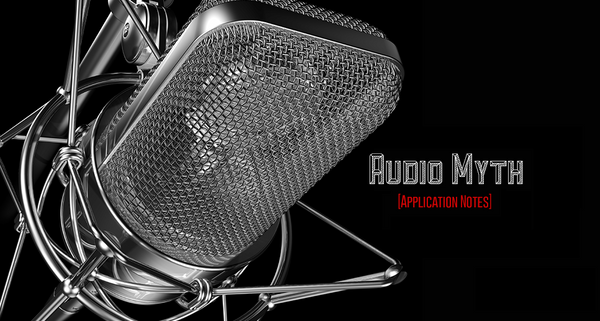Forgive me, but the electrical engineer occasionally leaks out of me and needs an answer to clean it up.
Of what possible benefit are balanced headphones? I fully get the balanced 'thing' and why it's great for high sensitivity / low power / noise-prone signal levels. I've used balanced inputs, outputs, and cables for many decades with microphones and line-level signal transmission. Single-ended cables could never do what balanced do at low signal levels.
Fine. I get that.
But what advantage does balanced provide to headphones? And do those advantages (if any) warrant the additional circuitry necessary to get the balance? Do balanced headphones somehow test better? Sound better? Work better and cost less? I get it that there might be double the differential voltage, but that could be done in single-ended outputs by just upping the circuit to make twice the voltage.
A Corollary: Why don't we have 'balanced' speakers?
Is there something audiophilic here or is it another audiophetish to sell at a premium?
Of what possible benefit are balanced headphones? I fully get the balanced 'thing' and why it's great for high sensitivity / low power / noise-prone signal levels. I've used balanced inputs, outputs, and cables for many decades with microphones and line-level signal transmission. Single-ended cables could never do what balanced do at low signal levels.
Fine. I get that.
But what advantage does balanced provide to headphones? And do those advantages (if any) warrant the additional circuitry necessary to get the balance? Do balanced headphones somehow test better? Sound better? Work better and cost less? I get it that there might be double the differential voltage, but that could be done in single-ended outputs by just upping the circuit to make twice the voltage.
A Corollary: Why don't we have 'balanced' speakers?
Is there something audiophilic here or is it another audiophetish to sell at a premium?

